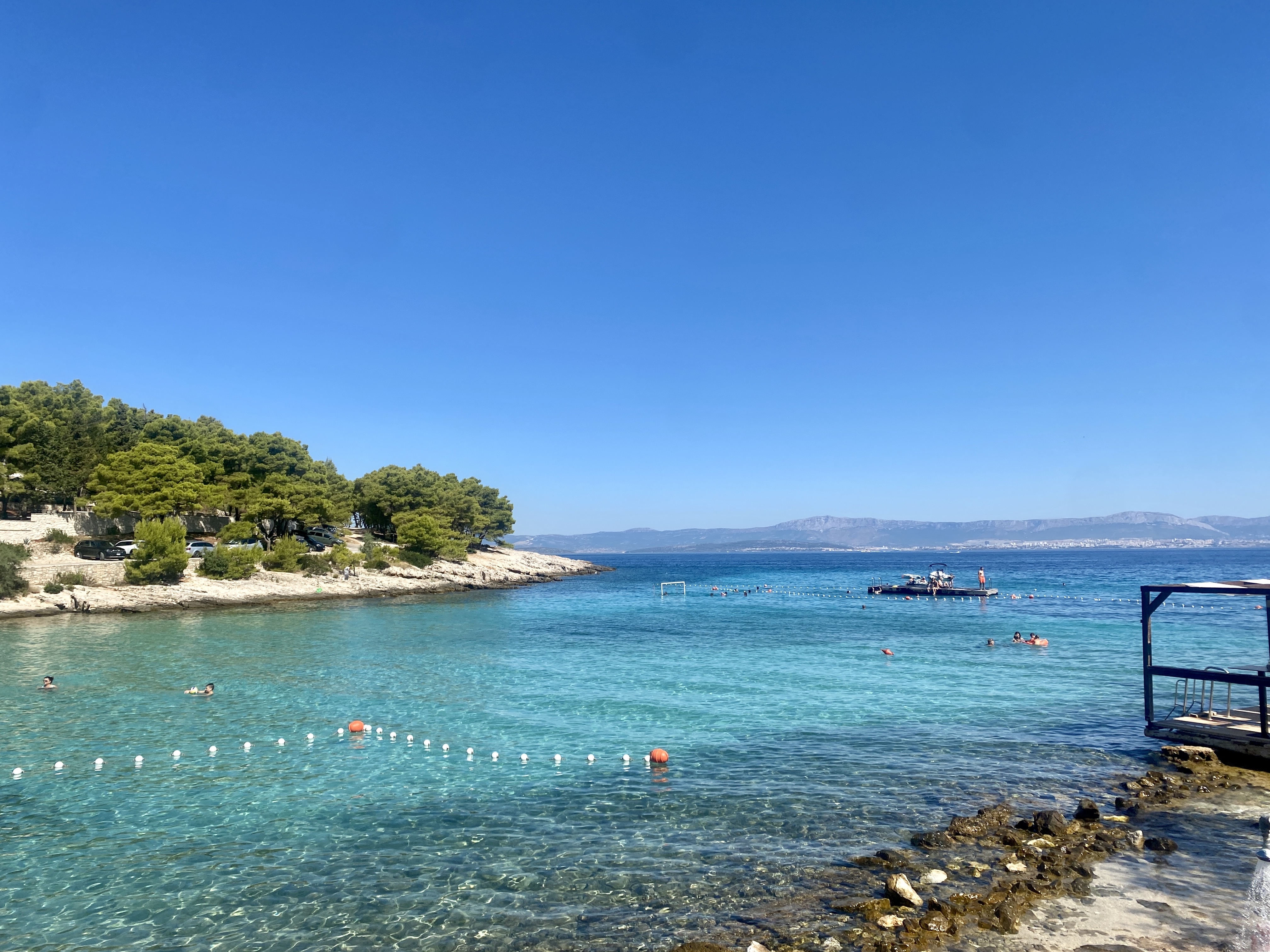Catalysts & Enzymes
Cards (11)
- What do catalysts do in chemical reactions?
- What are enzymes?
- Why do enzymes catalyse specific reactions?
- What is the lock and key theory of enzyme action?
- What are enzymes made of?
- How do amino acid chains relate to enzyme function?
- What happens when a substrate binds to an enzyme's active site?
- What is metabolism?
- What are the types of reactions that enzymes can catalyse?
- What is the act of an enzyme when breaking down hydrogen peroxide?
- How can you investigate the effect of different catalysts on the breakdown of hydrogen peroxide?
